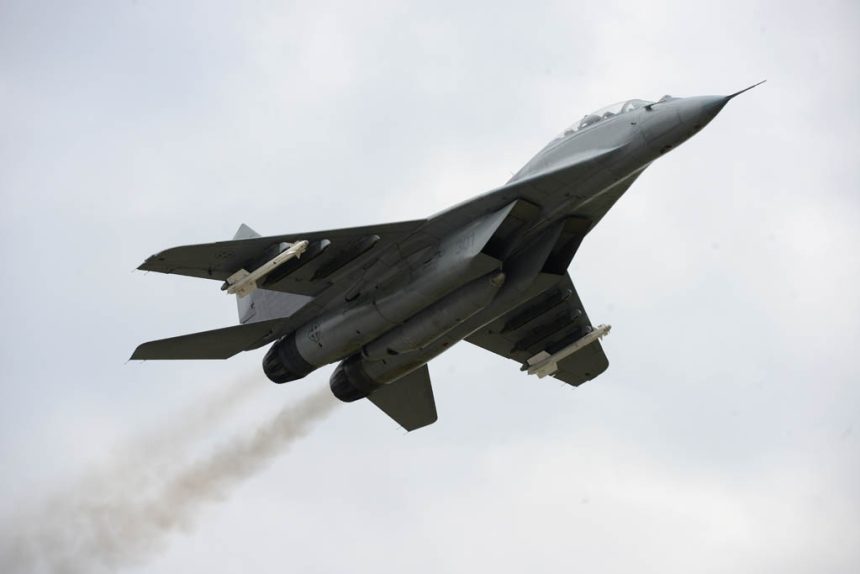Serbian MiG-29s airborne again thanks to the batteries donated by Moscow.
Serbian Air Force MiG-29s returned to active service on Sept. 2, when a Fulcrum jet flew with accumulators provided by Russia.
The jets were grounded four months ago because of battery isses that made them unfit to fly.
According to the Serbian Prime Minister Aleksandar Vucic the donation, a gift by Russian President Vladimir Putin, enabled the Serbian Air Force to resume the air defense service after a long time.
Here is a video showing the first Serbian MiG-29 Fulcrum flying again for the first time since last Spring.
H/T to Dragan Mejic for the heads-up.
Image credit: Serbian MoD via inSerbia








